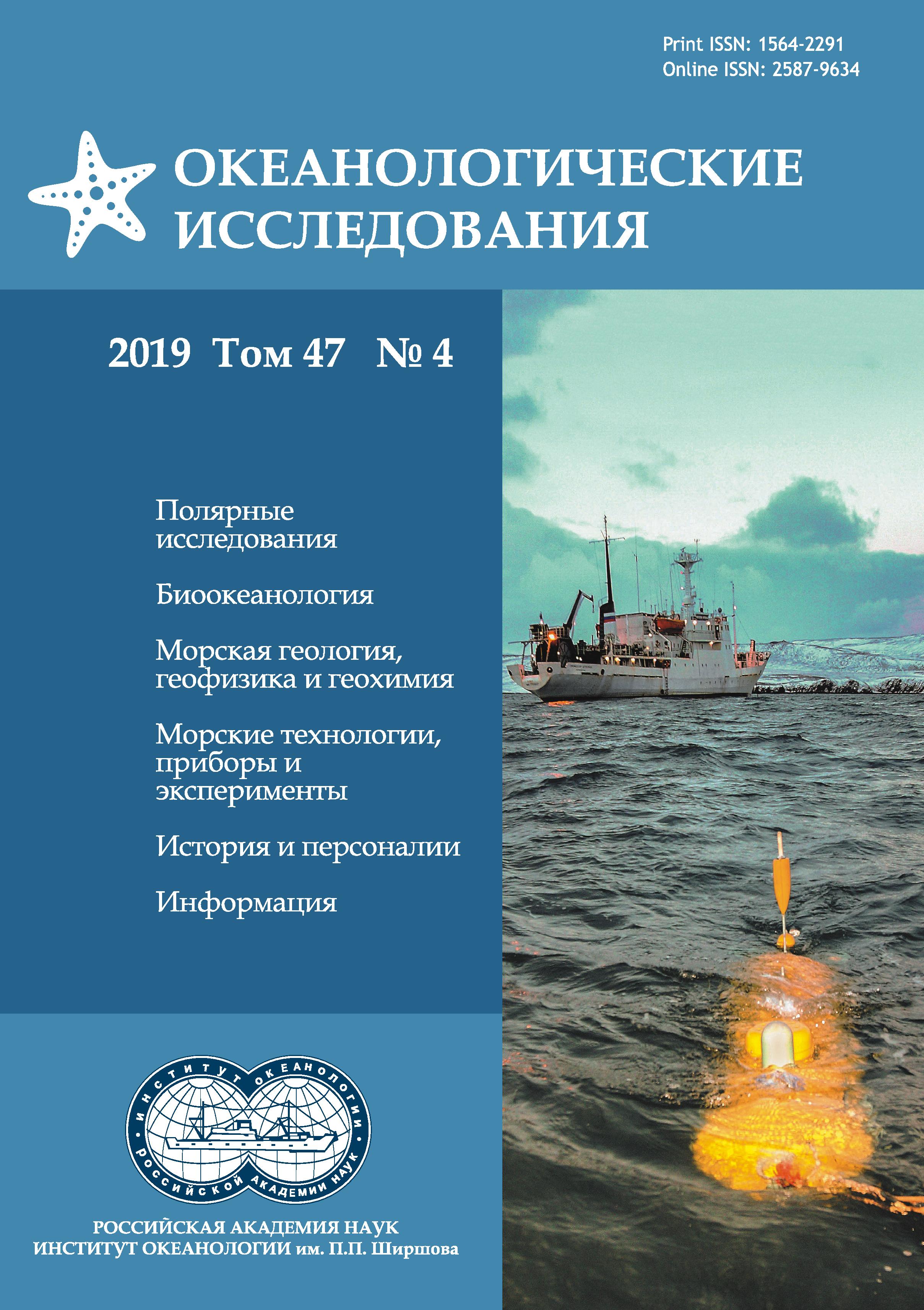МАССОВОЕ РАЗВИТИЕ МАКРОКОЛОНИЙ MELOSIRA ARCTICA НА ПОВЕРХНОСТИ ЛЬДА В РАЙОНЕ СЕВЕРНОГО ПОЛЮСА
Аннотация
В начале августа 2019 г. в районе Северного полюса, наблюдали массовое развитие сообществ ледовой флоры на поверхности многолетнего льда. Макроагрегаты из волокон толщиной 0.5–0.8 см, компактно переплетавшихся и формировавших мозговидные структуры размером до 10–15 см, имели бледно-розовую окраску и покрывали дно пресноводных луж-снежниц обширными полями. Агрегаты были сформированы диатомовыми таксоценами на основе колоний Melosira arctica, их полимерного матрикса, а также еще 35 таксонов морских и солоноватоводно-морских диатомей, некоторые из которых также выполняли структурообразующие функции. С высокой вероятностью, развитие агрегатов происходило в точках протаивания верхшин поровых каналов во льду, через которые осуществлялась подпитка губчатых сплетений альгоценозов соленой водой. Явление формирования и массового развития таких макроструктур описывается впервые.
Литература
- Полякова Е.И. Диатомеи арктических морей СССР и их значение при исследовании донных осадков // Океанология. 1988. Т. 28. № 2. С. 286–291.
- Gosselin M., Levasseur M., Wheeler P.A., Horner R.A., Booth B. New measurements of phytoplankton and ice algae production in the Arctic Ocean // Deep-Sea Res. 1997. Vol. 44. P. 1623–1644.
- Legendre L., Ackley S.F., Dieckmann G.S., Gulliksen B., Horner R., Hoshiai T., Melnikov I.A., Reeburgh W.S., Spindler M., Sullivan C.W. Ecology of sea ice biota. 2. Global significance // Polar Biol. 1992. Vol. 12. P. 429–444.
- Lee S.H., McRoy C.P., Joo H.M., Gradinger R., Cui X., Yun M.S., Chung K.H., Kang S.-H., Kang C.-K., Choy E.J., Son S., Carmack E., Whitledge T.E. Holes in progressively thinning Arctic sea ice lead to new ice algae habitat // Oceanography. 2011. Vol. 24. No. 3. Р. 302–308. http://dx.doi.org/10.5670/oceanog.2011.81.
- Fernandez-Mendez M., Wenzhofer F., Peeken I., Sørensen H.L., Glud R.N., Boetius A. Composition, Buoyancy Regulation and Fate of Ice Algal Aggregates in the Central Arctic Ocean // PLoS ONE. 2014. Vol. 9. No. 9. e107452. DOI: 10.1371/journal.pone.0107452.
Передача авторских прав происходит на основании лицензионного договора между Автором и Федеральным государственным бюджетным учреждением науки Институт океанологии им. П.П. Ширшова Российской академии наук (ИО РАН)













